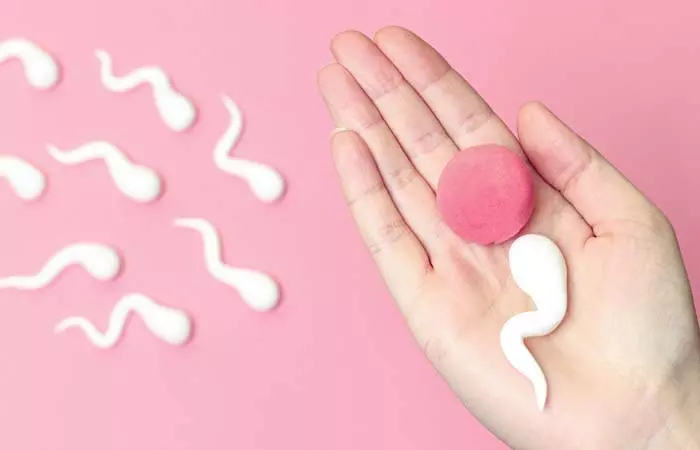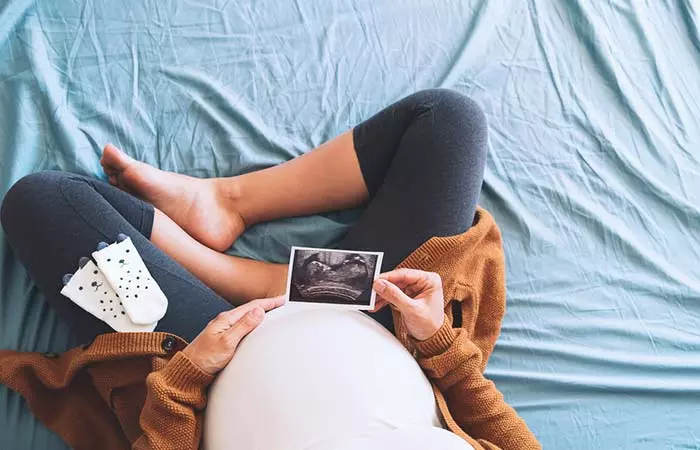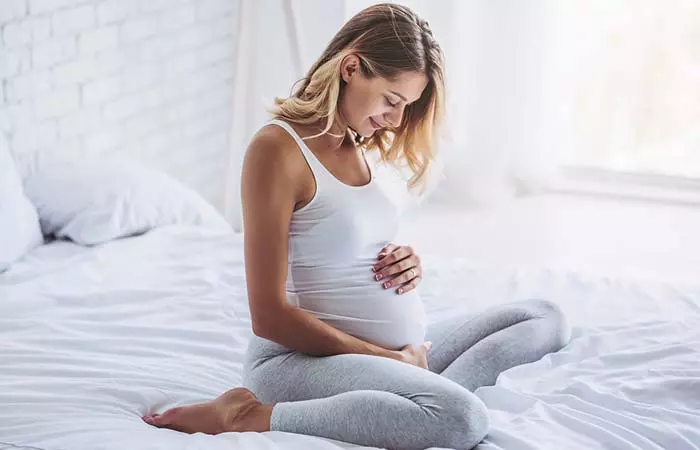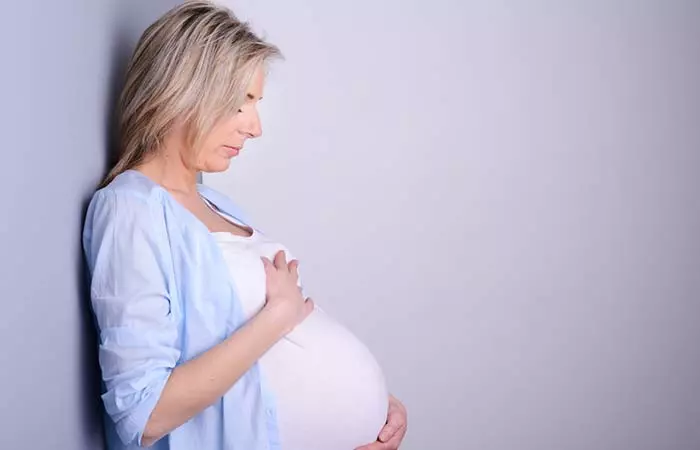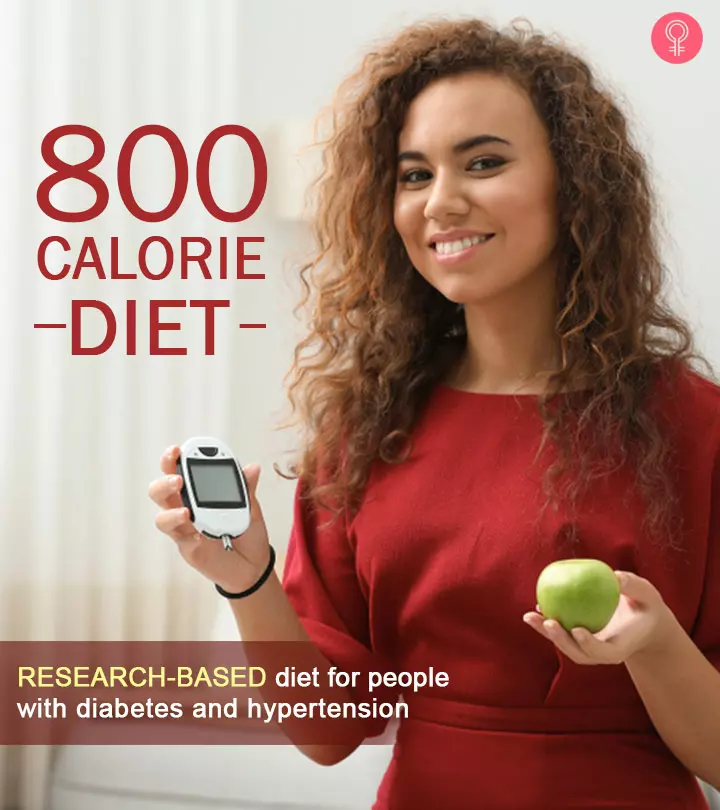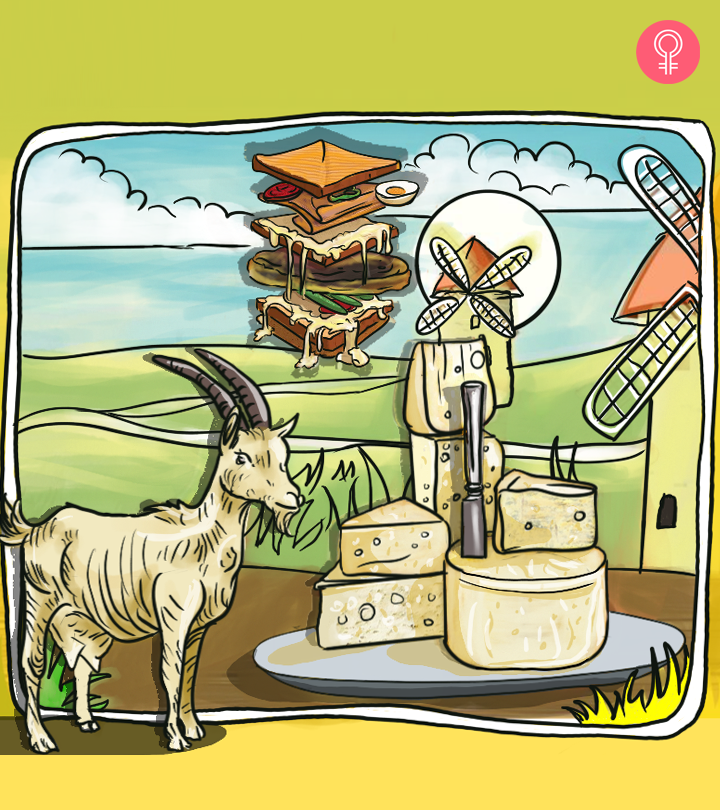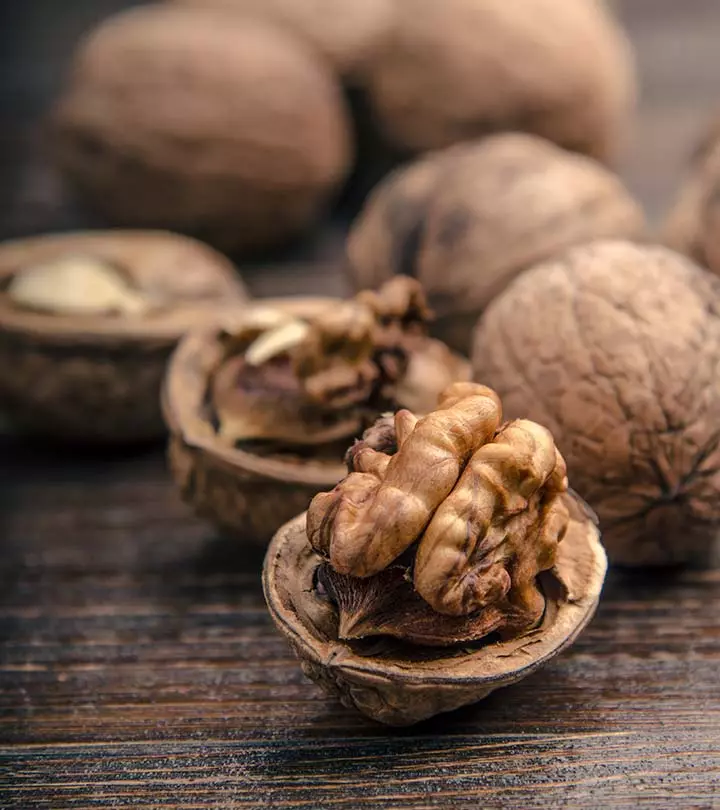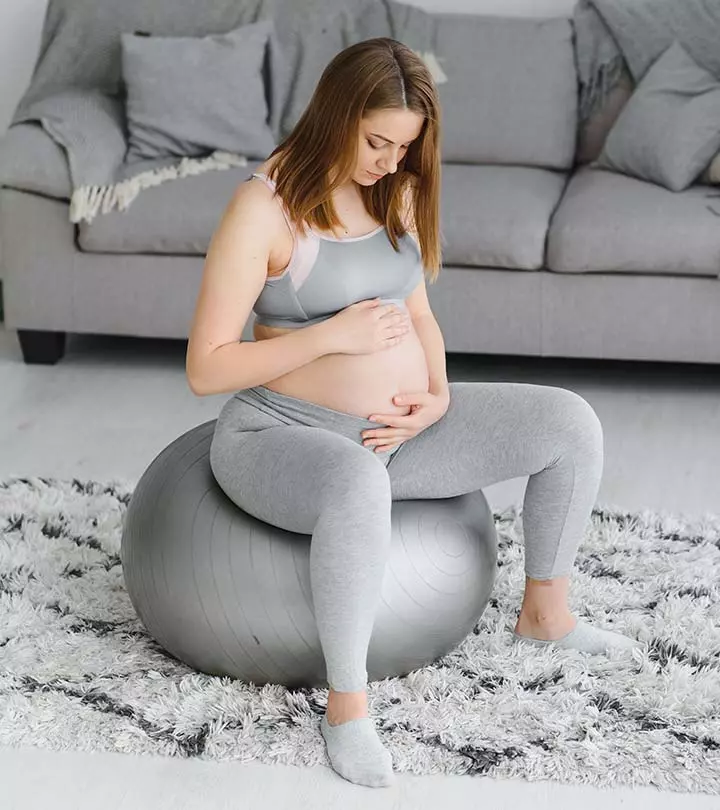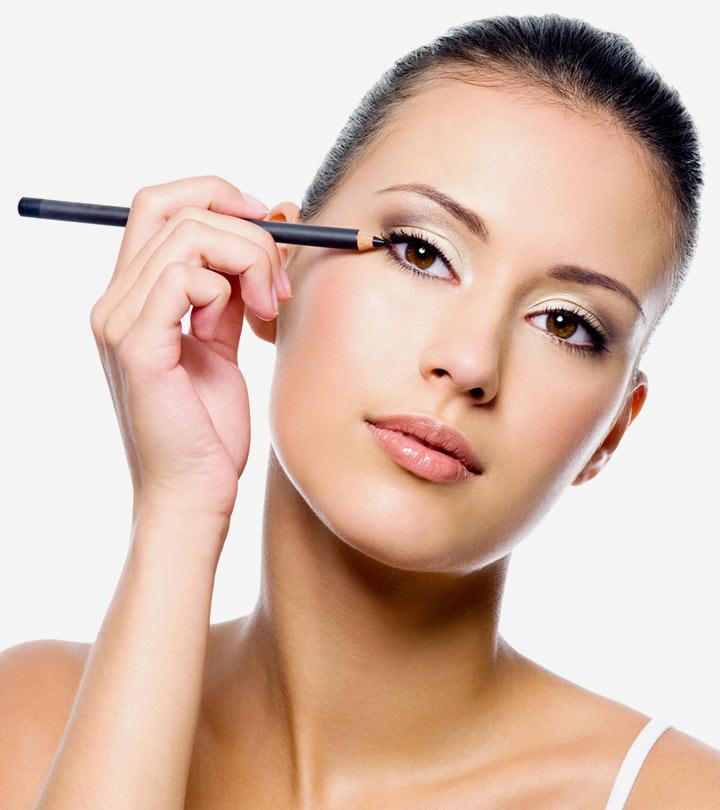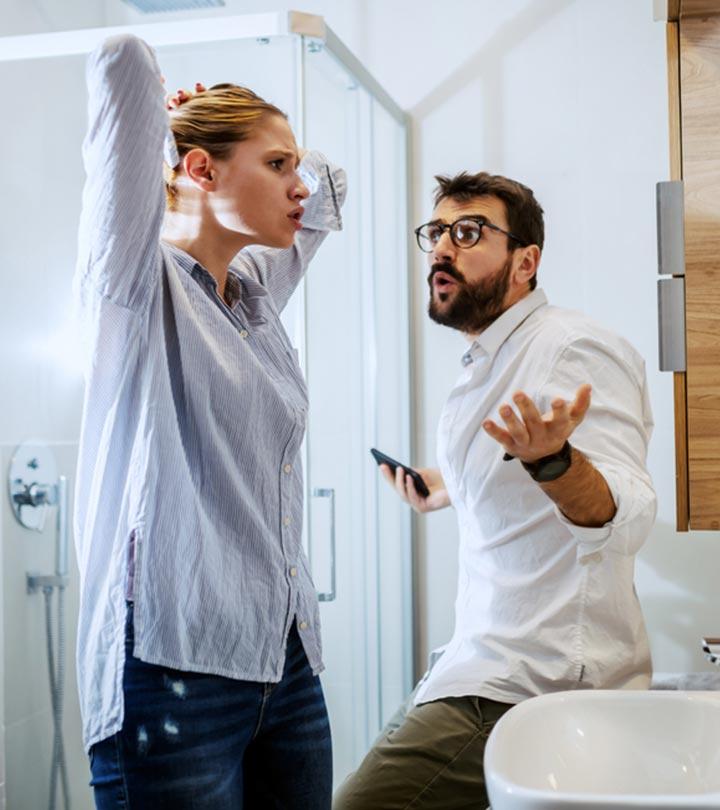Age And Fertility: Chances Of Getting Pregnant At Every Age

Image: Shutterstock
Women already seem like they have superpowers, considering the constant struggles, physical, societal, and mental that they constantly have to put up with. It increases two-fold when they get pregnant and bear sweet little children. Well, we know having babies is no cakewalk, aside from the joy. If keeping your room clean, doing laundry, cooking for yourself, and doing other household chores seem like a big challenge to you, can you imagine how our mothers took up the responsibility and multitasked like there is no tomorrow? Well, you are not alone, and we seriously applaud the daadis and mummas for being so efficient and managing work while taking care of the whole family.
Work from home has certainly taught us that taking care of your home is no piece of cake. Since birth patterns have undergone a significant change in the last few decades, there are fewer mommies at 20 and more mommies at 35. While we can’t point out which one is ideal, we can definitely tell you how to make your pregnancy easy at every age. Read on for information about your reproductive system and how it affects your chances of having a baby.
Working Of The Reproductive System
Did you know women have a set quantity of eggs? It is estimated that there are between 1 and 2 million eggs present at the time of birth (1). These are the eggs a woman has to live with for the rest of their life. When a girl reaches puberty, about 300,000 eggs remain in the ovaries (2). Of these eggs, not all are suitable and healthy enough to fertilize. The possibilities are rare but definitely not impossible.
Mistakes In Conceiving
The reality is, human reproduction isn’t incredibly efficient. In a month, there’s one week before ovulation when the odds of becoming pregnant are very high. Even if you commit just one week to the process of conceiving the baby, there’s no guarantee you’ll succeed 100%. Both males and females are less fertile as they get older. Certain women begin menopausal symptoms in their 40s, which reduces their chances of having a baby in their later 30s (3).
The 20s And Early 20s
The fertility of a woman is at its peak when she is in her early 20s. Around 90 percent of the eggs found in her ovaries are chromosomal, which means the chances of having healthy kids doubles (4). Studies have shown that the fertility rate is highest at around the age of 24. A woman who is healthy at this point has a one-in-four chance of becoming pregnant in one menstrual cycle (5).
Post 25
Between the ages of 25 and 34, the fertility rate decreases by 10 percent in males. After a year of trying and a half, the likelihood of conception is around 86 percent (6). In addition, the chance of miscarriage during this stage is higher than those in their early 20s. But don’t stress about it. You might not be pregnant right away, but there is a good chance of success if you are working on it.
The Beginning Of The 30s
The 30s in the early years are perfect for becoming pregnant as you mature and have enough resources to take care of the baby. The likelihood of miscarriage increases to 20%, but you also have an 80% chance of getting pregnant after trying. To prevent any unfortunate events, it is recommended to keep in contact with your physician (7).
Post 35
Even after you cross the age of 35, you can give birth to a healthy baby. Even though your eggs won’t be as healthy as they were in your youth, if you can maintain your health and visit your gynecologist frequently, there is a good chance of having a healthy pregnancy.
After 40
When you reach the age of 40, the quantity and quality of eggs drop. Even if you do get pregnant, the possibility of miscarriage, preterm birth, and other complications associated with pregnancy rises. 90% of female’s egg cells are genetically abnormal during this stage. Additionally, some can even get to the stage of premenopausal, in which the probability of becoming pregnant decreases to 5-10 percent. If you’re having problems, then the most effective method to have a baby is via IVF (8). This method of fertilization is secure, and the rate of success is high.
Now, this being said, here are some myths about pregnancy that need to be corrected.
Myth 1: You Cannot Increase Your Chances Of Becoming Pregnant By Yourself
The truth is that when it comes to eggs, you’re only getting what you receive. Unfortunately, there is no way to produce more. But, there are plenty of ways to boost the chance of fertilizing the eggs you already have.
Increasing Chances Of Pregnancy After 35
Many women usually hear gossip and lectures about having a late baby. It is true that some functions of the body are not that strong, but then again, it is a matter of how you maintain your fitness. All you need to do is put in some extra effort in knowing your body better. Consult your doctor if your body is in a good condition to conceive. If not, take the necessary measures to keep your fitness up. To increase your chance of becoming pregnant after age 35, you could take tips from your doctor to examine the factors that could affect your chances of becoming pregnant. It includes your health history, medications, and your lifestyle.
- Make it a priority to improve your health by cutting caffeine, alcohol, smoking, and maintaining a healthy weight.
- Be aware of your body’s fertility indicators like the temperature at rest and cervical fluid. Both can be measured using the tools to predict ovulation that you purchase at the local shop.
- You can take a test at home for fertility that checks for the most critical factors affecting your chances of getting pregnant.
- Begin taking a supplement that has Myo-inositol. It could improve egg quality or Folic acid, which may stop neural tube defects.
If you’re unable to get pregnant after trying for a year, it is possible to speak with your doctor, who can recommend you to consult fertility experts. Together, you’ll develop a strategy to improve your chances of having a baby.
Myth 2: You Cannot Have A Healthy Baby After ’30s
During ovulation, your body releases eggs and then waits for them to be fertilized. If it doesn’t get fertilized, you get your period. Every month your body chooses which eggs are to be released, and it usually chooses the healthiest ones first. This makes the likelihood of having a child born with a chromosomal defect minimal if you’re past 35. If you’re 35, the possibility of having a child with Down syndrome is 0.002 percent. When you’re 20, however, the risk is less at 1 in 1,490 or .0006 percent (9).
Additionally, tests can be performed to identify your personal chance of having a child with a chromosomal anomaly. They include screening tests that determine the possibility of having a baby born with birth defects and diagnostic tests that test the fetus for genetic diseases.
Myth 3: IVF Isn’t Efficient In Women Older Than 35
If you’ve been patient and deliberate about becoming pregnant but haven’t seen any results, it isn’t a reason to quit. Assisted reproductive technology (ART) allows you to reproduce with the latest technology (10). The primary kind of ART is called in vitro fertilization (IVF) that involves removing eggs and fertilizing them using the sperm of a lab and then placing them back into the uterus via your cervical.
However, as miraculous as giving birth is, even pregnancy is beautiful. Like women, male fertility decreases as they near the advancing years. Both have a part to play in conceiving. Unless you are not for having children of your own, these are the perfect points to follow. So, what, according to you, is the ideal age to have a baby? Let us know in the comments below! No matter your age, it is essential to take care of your diet, eat healthily and be financially stable to take care of the baby.
References
Articles on StyleCraze are backed by verified information from peer-reviewed and academic research papers, reputed organizations, research institutions, and medical associations to ensure accuracy and relevance. Read our editorial policy to learn more.
- Eggs
https://www.ncbi.nlm.nih.gov/books/NBK26842/ - Making eggs: is it now or later?
https://www.ncbi.nlm.nih.gov/labs/pmc/articles/PMC5134835/ - Age and Fertility (booklet)
https://www.reproductivefacts.org/news-and-publications/patient-fact-sheets-and-booklets/documents/fact-sheets-and-info-booklets/age-and-fertility/ - Report of Fertility in a Woman with a Predominantly 46XY Karyotype in a Family with Multiple Disorders of Sexual Development
https://www.ncbi.nlm.nih.gov/labs/pmc/articles/PMC2190741/ - Lifestyle factors and reproductive health: taking control of your fertility
https://www.ncbi.nlm.nih.gov/labs/pmc/articles/PMC3717046/ - Trends of male factor infertility, an important cause of infertility: A review of literature
https://www.ncbi.nlm.nih.gov/labs/pmc/articles/PMC4691969/ - Recurrent Pregnancy Loss: Etiology, Diagnosis, and Therapy
https://www.ncbi.nlm.nih.gov/labs/pmc/articles/PMC2709325/ - The Impact and Management of Fibroids for Fertility: an evidence-based approach
https://www.ncbi.nlm.nih.gov/labs/pmc/articles/PMC3608270/ - Down Syndrome
https://www.ncbi.nlm.nih.gov/books/NBK526016/ - Assisted Reproductive Technology after the Birth of Louise Brown
https://www.ncbi.nlm.nih.gov/labs/pmc/articles/PMC3799275/



